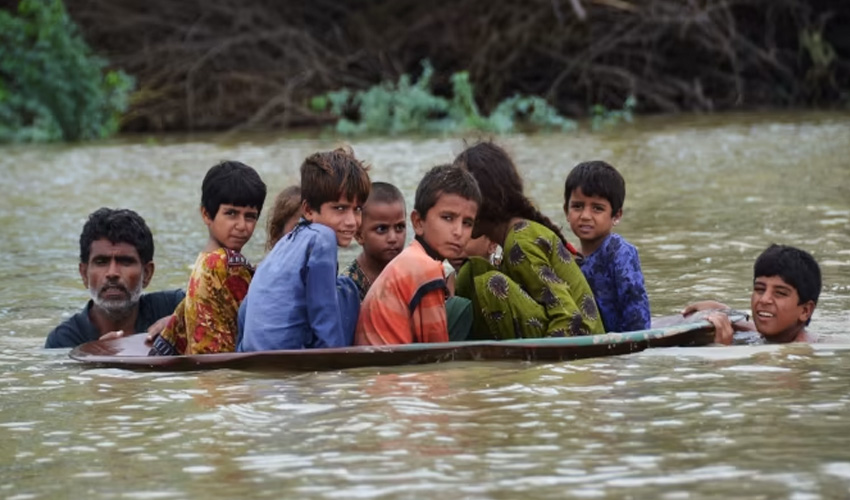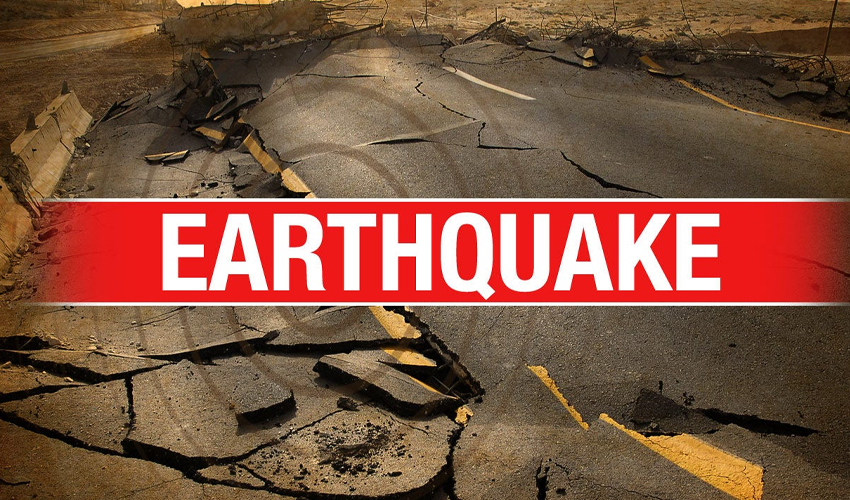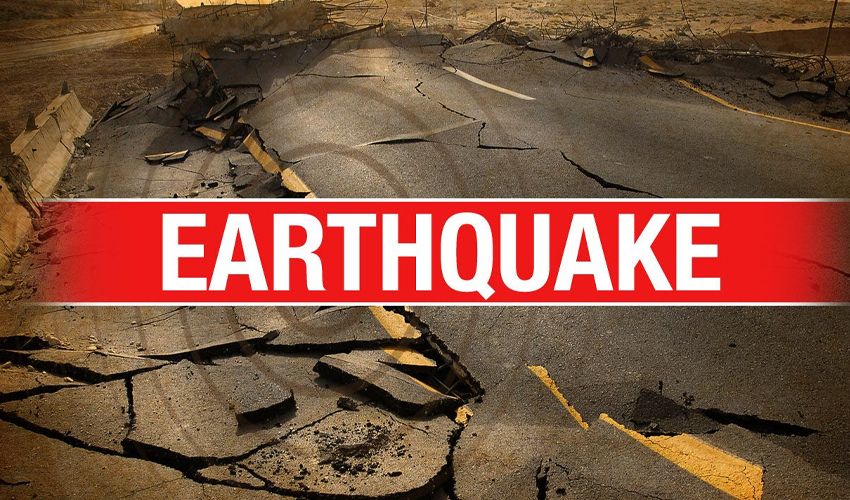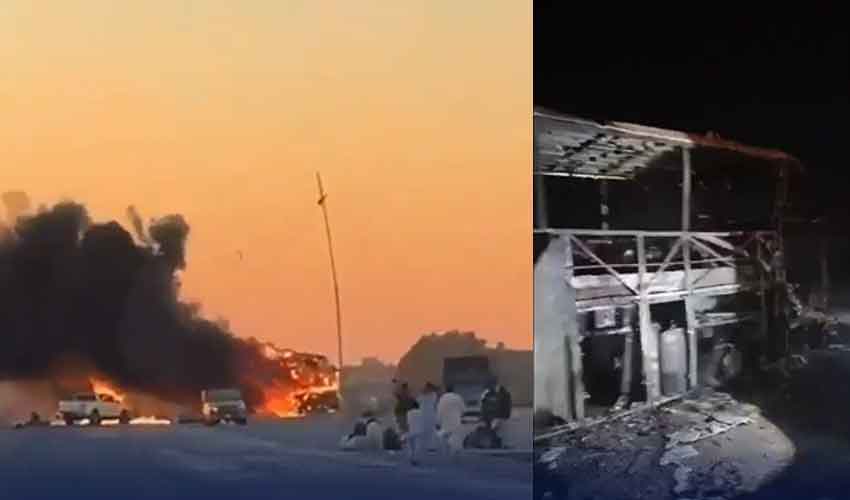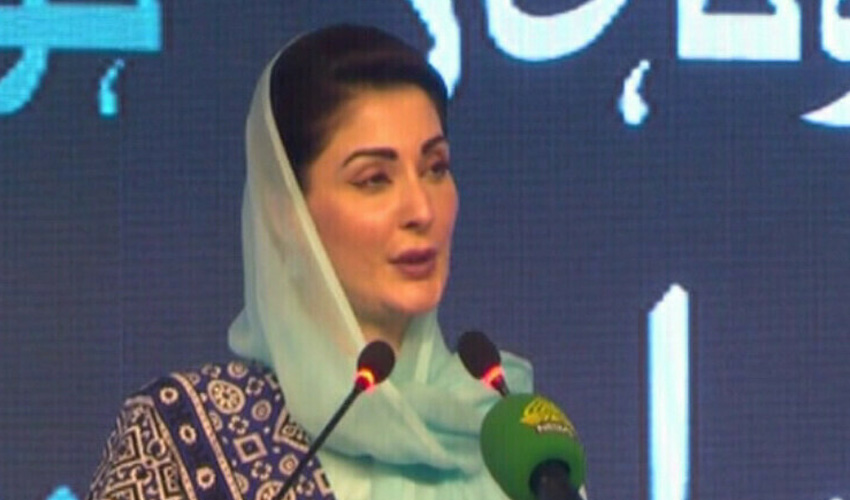Imagine waking up one day to the roar of floodwaters crashing through your door, or perhaps the scorching heat that dries up your crops, leaving you with nothing but dust and despair. For millions in Pakistan, this is not a distant dystopia but an all-too-real scenario shaped by the ever-encroaching force of climate change.
The phenomenon of climate refugees—people displaced within their own country due to climate-induced disasters—is no longer an abstract concept. It’s a reality that has already displaced millions, creating new challenges for Pakistan’s fragile infrastructure, economy, and social fabric.
The term climate refugee might conjure images of people fleeing across borders, but in Pakistan, the growing number of internal migrants paints a much bleaker picture. As monsoon rains become more erratic, as heatwaves scorch crops and entire communities, the ripple effects are felt most sharply in rural areas. These people aren't just victims of a natural disaster; they are the early faces of the global climate crisis.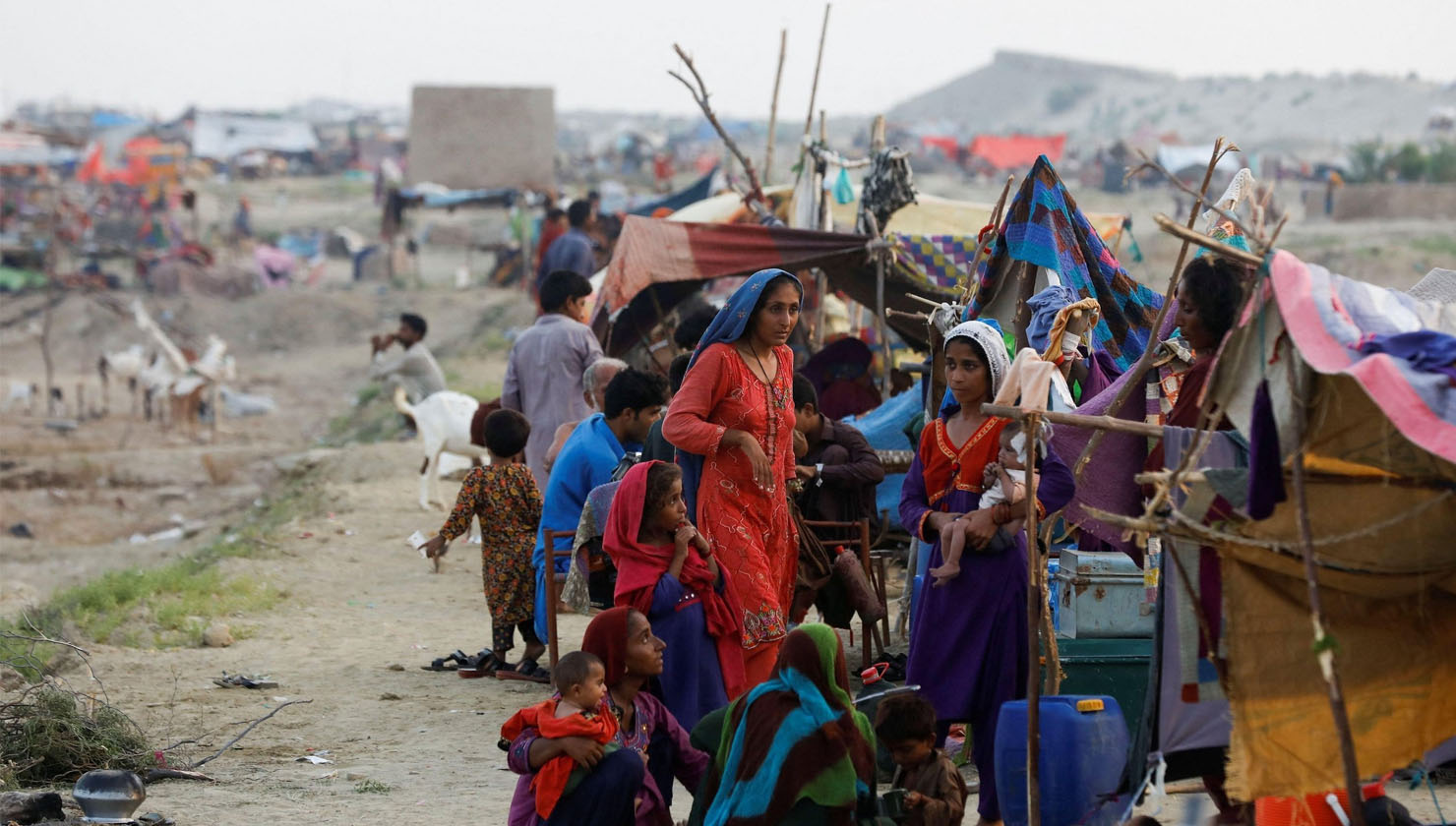
The stories of those displaced by floods, droughts, and heatwaves are not just numbers on a page—they are lives uprooted, livelihoods lost, and futures uncertain. Through this deep dive into the challenges faced by climate refugees in Pakistan, we will explore the data that drives this crisis and the urgent need for solutions.
Climate crisis in motion
Pakistan is a nation on the front lines of climate change. While the country produces only a small fraction of global greenhouse gas emissions, it is one of the most vulnerable to climate disasters. Natural disasters, often fueled or exacerbated by climate change, have become a grim fixture of life in Pakistan.
The 2010 floods, the worst in the country's history, submerged one-fifth of Pakistan’s land area, displacing around 20 million people. The 2022 floods, which affected more than 33 million people, were no less devastating. These floods, combined with rising temperatures and desertification, create a complex web of internal migration that threatens Pakistan’s future stability.
In regions like Sindh, Balochistan, and Khyber Pakhtunkhwa, entire communities have been displaced as floodwaters ravage homes, crops, and infrastructure. In the drought-prone Thar Desert, families leave behind their homes in search of water and food as the land turns to barren dust. Internal displacement in Pakistan is not just a result of extreme events but is deeply tied to the slow onset of climate change, which gradually erodes livelihoods and forces people to migrate to urban centers for survival.
Laila’s story
The term climate refugee might seem detached, a buzzword often used in academic discussions or UN meetings. But on the ground, these refugees have names, faces, and stories. For many, displacement is not a one-time event but a recurring cycle. Disasters may not only force them to leave their homes but to continually uproot their lives in search of stability.
Take Laila, a mother of three from the Thar Desert. For years, Laila’s family survived on farming, relying on the unpredictable monsoon rains to sustain their crops. But in the past decade, the rains have become less frequent and less predictable. In 2018, a severe drought forced Laila’s family to leave their ancestral land. They migrated to Karachi, where they lived in a makeshift slum.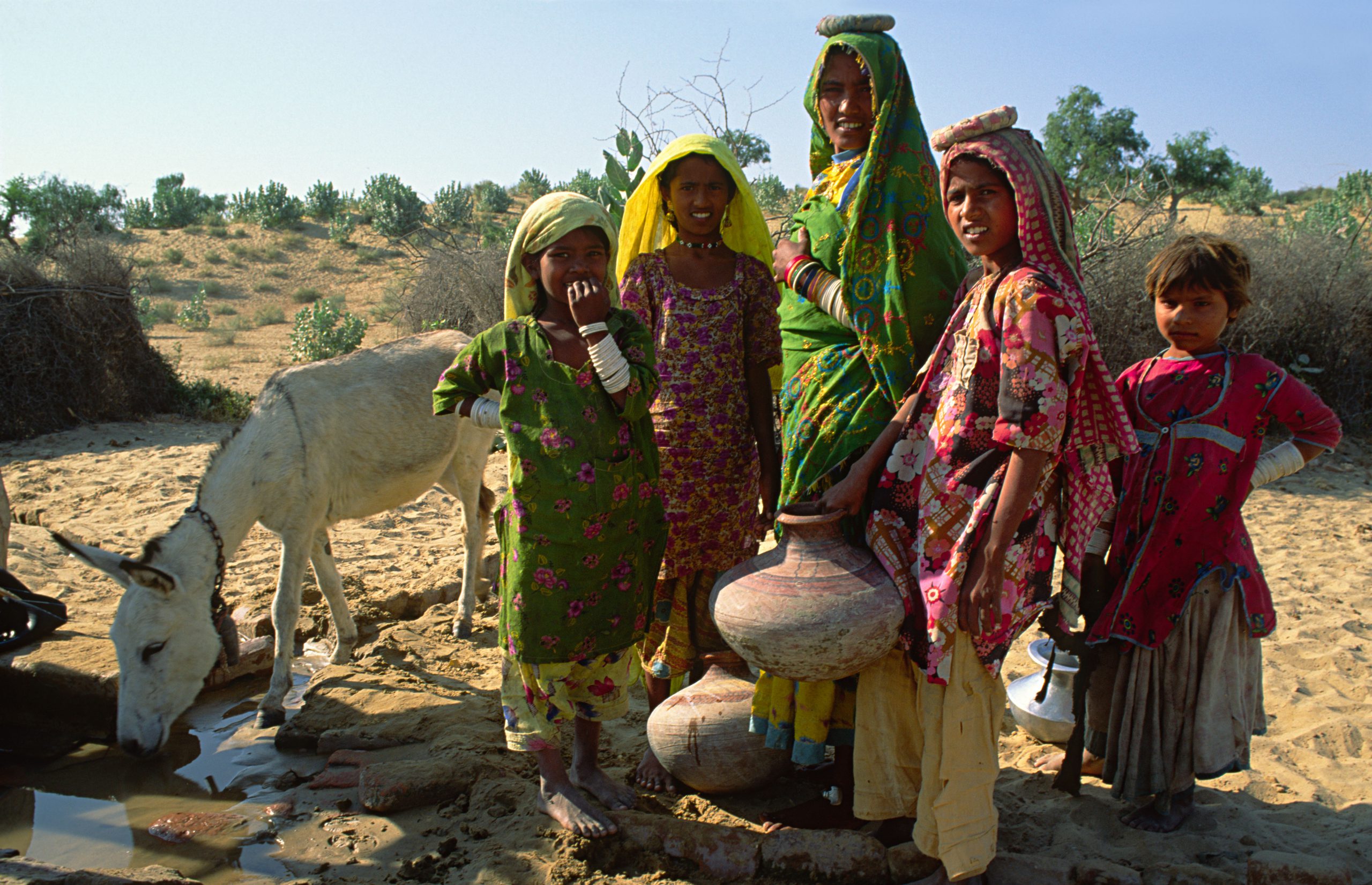
The struggle for clean water, employment, and education for her children became their new reality. "We had no choice but to leave," Laila says. "The land was no longer ours, the water was gone, and our crops failed. All we could do was pack up and hope for something better."
Laila’s story is echoed by thousands of families across Pakistan, particularly in the flood-prone regions of Sindh and Balochistan. In the aftermath of the 2022 floods, more than 33 million people were affected, with millions of them displaced from their homes. According to Pakistan's National Disaster Management Authority (NDMA), the devastating floods wiped out 8 million acres of crops and affected 4.5 million people in Sindh alone.
Scale of displacement
To truly understand the gravity of this issue, let’s take a closer look at the numbers. According to the Global Internal Displacement Monitoring Centre (IDMC), approximately 3.5 million people in Pakistan were displaced by climate-related disasters in 2022.
This statistic does not include the long-term impact of slower, chronic disasters like droughts, which displace people over a period of years.
If we extend this trend into the coming decades, the scale of internal migration will likely grow exponentially. By 2050, it is estimated that around 10% of Pakistan’s population could be displaced due to climate change.
That’s over 24 million people—more than the combined population of Islamabad and Lahore. In a country of over 230 million people, such large-scale displacement could push existing infrastructure to the breaking point, particularly in urban centers like Karachi and Lahore.
Economic costs of displacement
The economic impact of climate-induced displacement is staggering. The damage caused by the 2010 floods alone was estimated at $10 billion. The 2022 floods could surpass that figure, with some experts estimating that the total economic cost of the floods could be between $15 billion and $20 billion.
This includes damage to infrastructure, agriculture, and public health, all of which disproportionately affect the poorest and most vulnerable communities.
Beyond the immediate cost of recovery, the long-term economic effects are even more concerning. Displaced populations often end up in overcrowded urban areas, where they face limited access to healthcare, education, and employment. This adds pressure to already struggling local economies and urban infrastructures, leading to higher poverty rates and social unrest.
Human health cost
The human cost of internal migration is equally alarming. Displaced populations often live in overcrowded camps or makeshift shelters, where access to clean water, sanitation, and healthcare is limited. Diseases such as cholera, malaria, and respiratory infections spread rapidly in these conditions, leading to a public health crisis. In the aftermath of the 2022 floods, the World Health Organization (WHO) reported over 200,000 cases of waterborne diseases in the affected areas.
In addition to health risks, displaced children face disruptions in their education. According to UNICEF, an estimated 2.5 million children were unable to attend school in the wake of the 2022 floods. This loss of education severely hampers future prospects for displaced children, making it harder for them to break out of the cycle of poverty.
As for livelihoods, displaced individuals often find themselves struggling to make ends meet. While some find informal work in urban areas, others are forced into temporary, low-paying jobs with no job security. With no social safety nets in place, many displaced families are forced into a perpetual state of insecurity.
What to do?
The rising tide of internal displacement in Pakistan calls for urgent action. As climate change continues to worsen, Pakistan must adopt a more proactive approach to disaster management, focusing on adaptation and resilience rather than simply response.
Pakistan must prioritize early warning systems to predict and mitigate the impact of floods, heatwaves, and droughts. Early warning systems can provide displaced populations with enough time to evacuate and prepare for disasters, reducing the human and economic toll of such events.
Resilient infrastructure, including flood defenses and climate-resistant housing, is essential for reducing the impacts of disasters. By building more robust infrastructure, Pakistan can reduce the vulnerability of its population to climate-induced displacement.
Economic reintegration programs are essential for helping displaced populations rebuild their lives. This could include vocational training, access to microfinance, and employment opportunities in sustainable sectors such as renewable energy and climate-resilient agriculture.
Finally, Pakistan must work with international partners to secure funding and technical assistance for its climate adaptation strategies. Organizations like the UN and World Bank can provide much-needed resources and expertise to help Pakistan build a climate-resilient future.
The story of climate refugees in Pakistan is still unfolding, but the need for urgent action has never been clearer. Pakistan's growing population of climate refugees represents not just a humanitarian crisis, but a profound challenge for the country's future. The numbers are stark, the impacts are real, and the solutions are within reach.
By building resilience, strengthening disaster preparedness, and investing in long-term solutions for displaced communities, Pakistan can turn the tide on internal migration and create a more sustainable future for all. The time to act is now, before the next flood or drought forces another family like Laila’s to pack up and leave everything behind.





